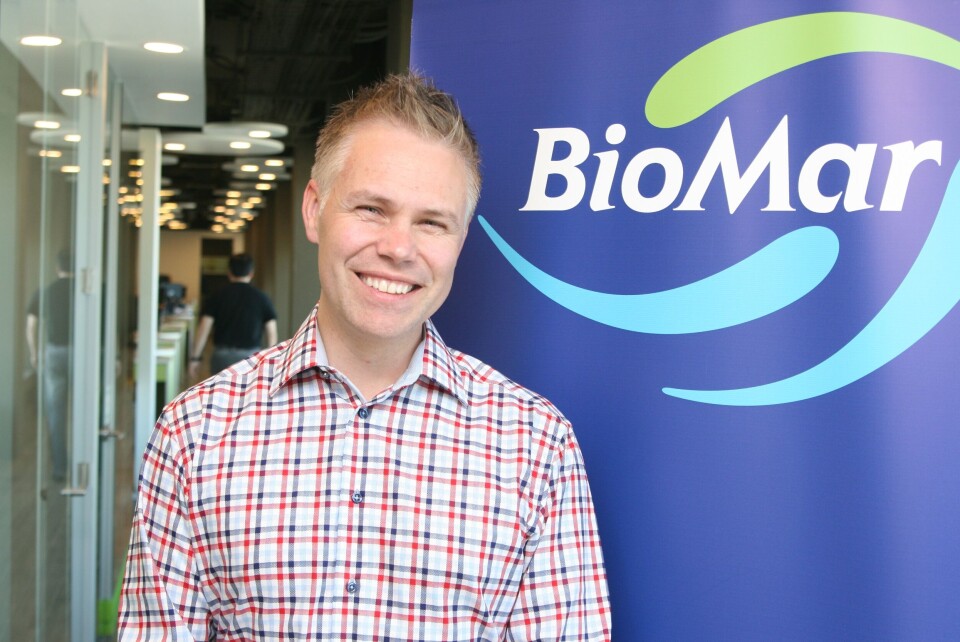
BioMar launches smartphone sustainability check for feed
BioMar has launched a transparency tool that enables consumers to use their smartphones to check on the sustainability of the feed given to the salmon they’re buying.
Consumers scan a QR code that gives access to an array of information including sustainability impact, nutritional profile, seafood origins, certifications and feed ingredients.
Norwegian salmon farmer Kvarøy is the first to adopt the system for its fish.

Three years to make
In a press release, BioMar said Discover had been three years in the making and was unlike any transparency tool in the seafood industry.
Its launch coincides with the publication of BioMar’s 2018 Sustainability Report.
In a press release, the company said that behind Discover are several technologies and tools from BioMar’s BioSustain programme that calculate and calibrate huge pools of data to spit out the most up-to-date and accurate information.
Every raw material
As various conditions change including the feed recipe or raw material selection, so will the data. The methodology was adapted to evaluate every raw material in the BioMar portfolio. It has been combined with BioMar’s Eco-Efficiency tool that is able to determine the environmental footprint of every feed recipe created by BioMar including calculations on such things as CO₂ emissions, energy use and water use.
“Sustainability is at the core of what we do and we want to continue to lead the acceptance and adoption of real change,” said BioMar sustainability director Vidar Gundersen.
“We hope that providing transparency and traceability through Discover will help consumers in their decision-making process and give them some reassurance in their seafood selection.
“They will discover that not all seafood is made the same and they are able to make choices depending on what is most important to them, be it nutrition, the environmental impact or even the origin of raw materials.”























































